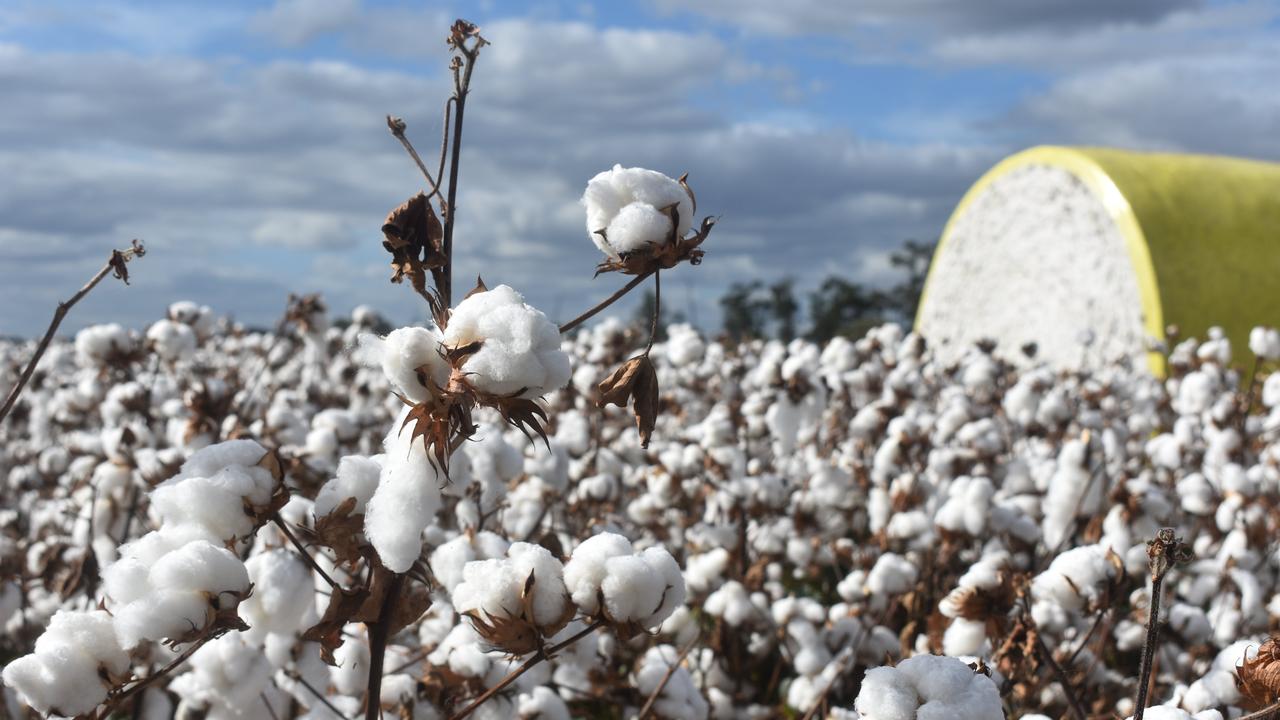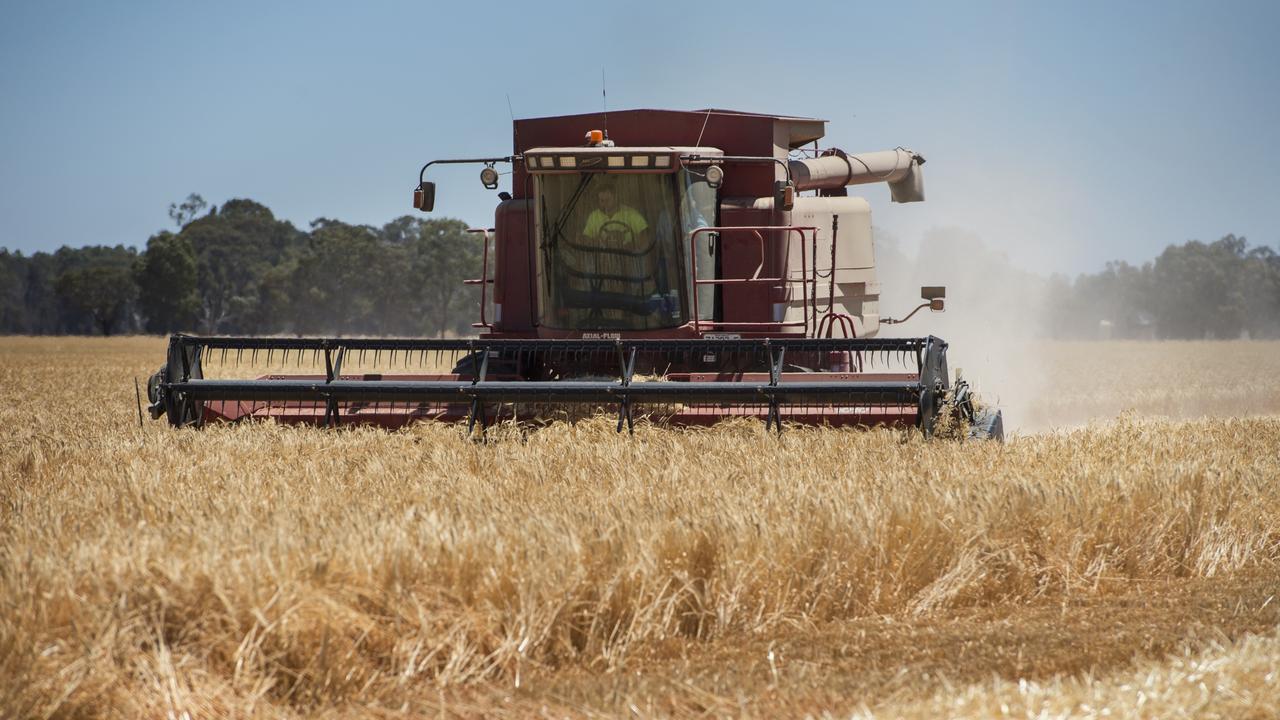Watch for Take-all root rot, rhizoctonia and crown rot warns new SARDI crop disease maps
TAKE-all root rot, rhizoctonia and crown rot are the main soil-borne disease risks to crops this season.

TAKE-all root rot, rhizoctonia and crown rot are the main soil-borne disease risks to crops this season.
That’s according to the South Australian Research and Development Institute’s soil biology and diagnostic team, based on recent samples taken across the main cropping regions.
SARDI has produced a series of online maps for growers and advisers that outline the risk levels for soil-borne diseases this cropping season.
The maps summarise the distribution and levels of each soil-borne pathogen, based on about 600 PreDicta B soil samples taken from February to mid-May this year.
PreDicta B is the national DNA-based soil diagnostic service operated by SARDI, with support from the Grains Research and Development Corporation and SA Grain Industry Trust. SARDI science program leader Alan McKay said the soil test results indicated the risk of take-all, rhizoctonia and crown rot was high.
Dr McKay said growers should particularly watch out for take-all, which was at its highest level in a decade because of the recent run of good seasons in southern Australia.
He said paddocks that were being sown to wheat this year, and had previously grown a high frequency of cereals and grassy pastures, were most susceptible.
“Levels (of take-all) in some paddocks now are high enough to cause large losses if growers sow wheat and we have a good season combined with a tight finish,” he said.
“In high take-all risk paddocks, consider sowing a break crop or grass-free pasture.
“The take-all fungus is controlled by a one-year break from cereals and host grasses.
“If you have to go back to wheat, then there are several fungicides registered for take-all suppression (to) help to reduce losses in paddocks.
Dr McKay also advised growers to control any green bridge and plant higher-risk paddocks later in the sowing program.
He said the risk of rhizoctonia had subsided after significant rainfall across southern Australia but it would still be a problem, particularly in non-wetting soils.
The SARDI data indicated a high level of crown rot had been detected in soil samples across all southern states and would be an issue for cereals, particularly durum wheat.
The soil borne disease map can be found under the pests and diseases section of SARDI’s website.


